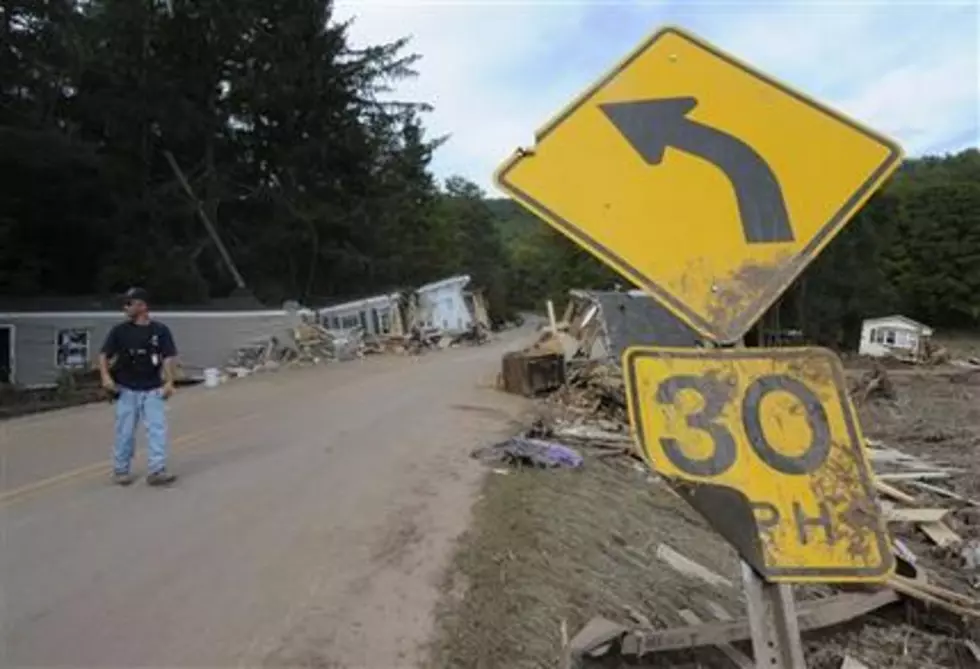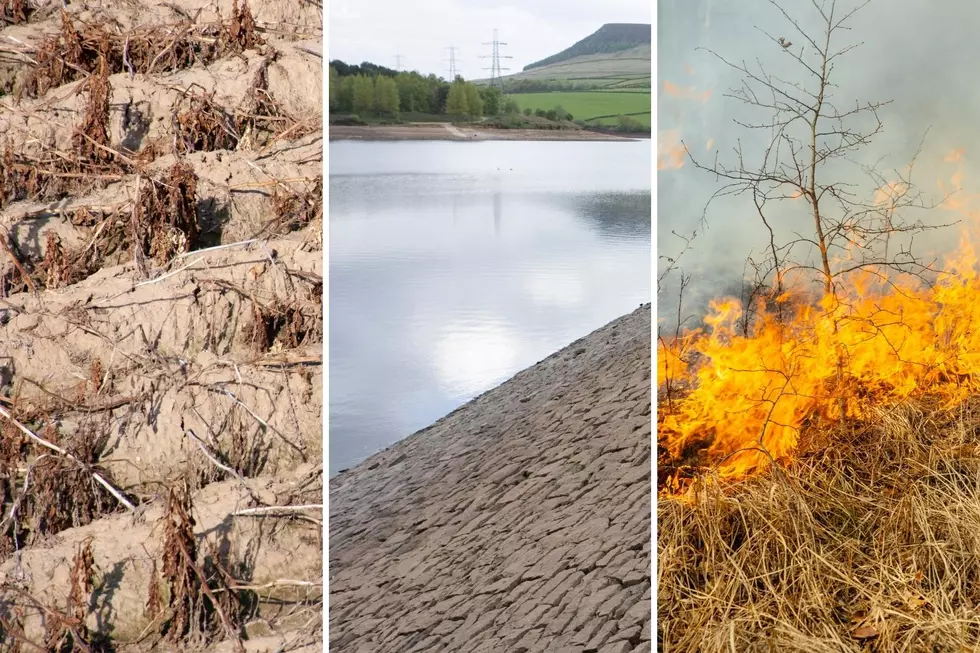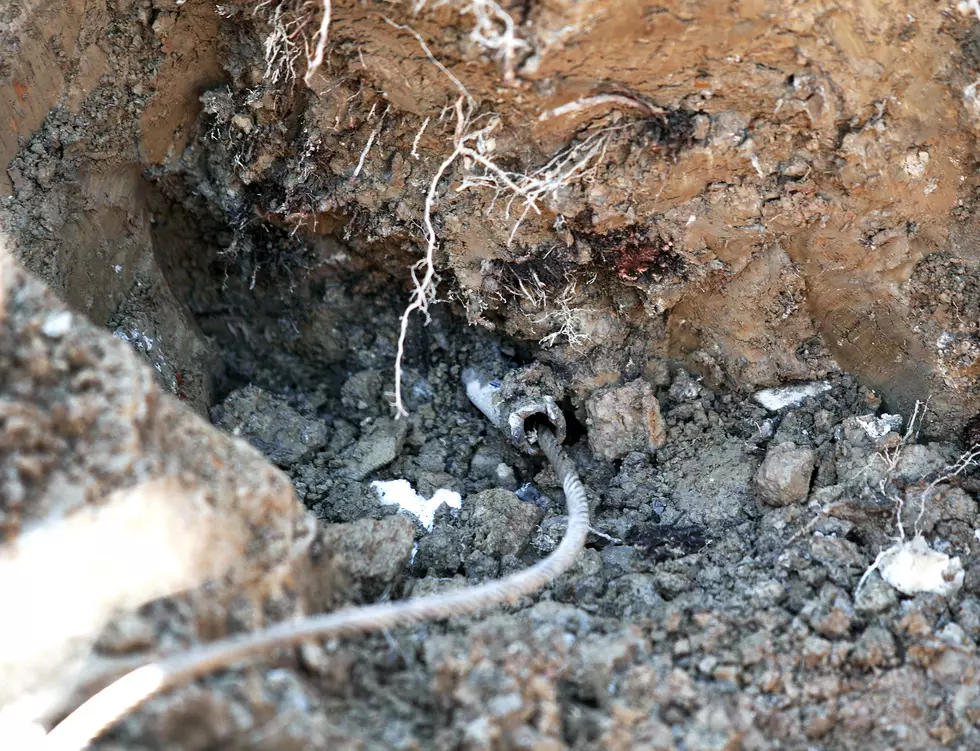
NYC Launches Programs to Protect Its Water Supply
Wary of more big storms washing out towns and churning up debris around its distant reservoirs, New York City will buy homes and businesses in flood zones and reduce local hazards.
The one-two punch of tropical storms Irene and Lee in late summer 2011 has prompted an additional $70 million of spending by the city to combat flood hazards. Though not universally embraced among the rural upstate communities, city officials say the programs will protect the water consumed by 9 million people while helping the towns that participate.
"There's a growing recognition that the frequency of severe storms may be increasing. We certainly anticipate that storms - if not exactly like Irene and Lee - but damaging storms are going to be coming again," said David Warne, assistant commissioner for the city's Department of Environmental Protection.
The city agency will earmark at least $15 million through 2017 to buy vulnerable homes and businesses, including those not eligible under the Federal Emergency Management Agency's flood buyout program. Local communities must sign off on any city purchases.
The city also will provide $17 million to the Catskill Watershed Corporation, which implements protection programs, for flood hazard mitigation in those communities. The money could be used to complement the buyout program by helping purchase land within the community or it could be used for flood-related projects such as bridge work.
The flood-related programs, which also include more money for the city's stream management program, were finalized this month under changes to a federal waiver that allows New York City to avoid filtering its drinking water from reservoirs west of the Hudson River. The city wants to avoid spending an estimated $10 billion or more on a filtration plant. New York City already spends more than $50 million a year to protect its water through strategic purchases of undeveloped land and other programs.
The new programs were developed with input from watershed towns, which have had an occasionally contentious relationship with the massive city to the south.
Town of Windham supervisor Stephen Walker, who is involved with the Coalition of Watershed Towns, sees the programs as another tool for communities. But some in the watershed are dissatisfied with the new programs.
Diana Cope, mayor of the Delaware County village of Margaretville, wishes the city would have focused more on flood control measures like retrofitting houses as opposed to moving people. She said her village is hemmed in by government land and there's no place to move people.
"We just feel there's a better way of addressing this situation in regards to water quality than just removing us," she said.
Warne stresses the programs are aimed at flood mitigation and not depopulating the upstate communities.
Eric Goldstein, a lawyer for the Natural Resources Defense Council, said the new measures strike a balance by helping watershed home owners in dangerous flood zones while addressing the needs of the city.
"It's obvious that if future storms are damaging or destroying local homes and sending oil burners, automobiles and what have you into the streams that feed our reservoirs that's a water quality threat as well," he said.
More From New Jersey 101.5 FM









